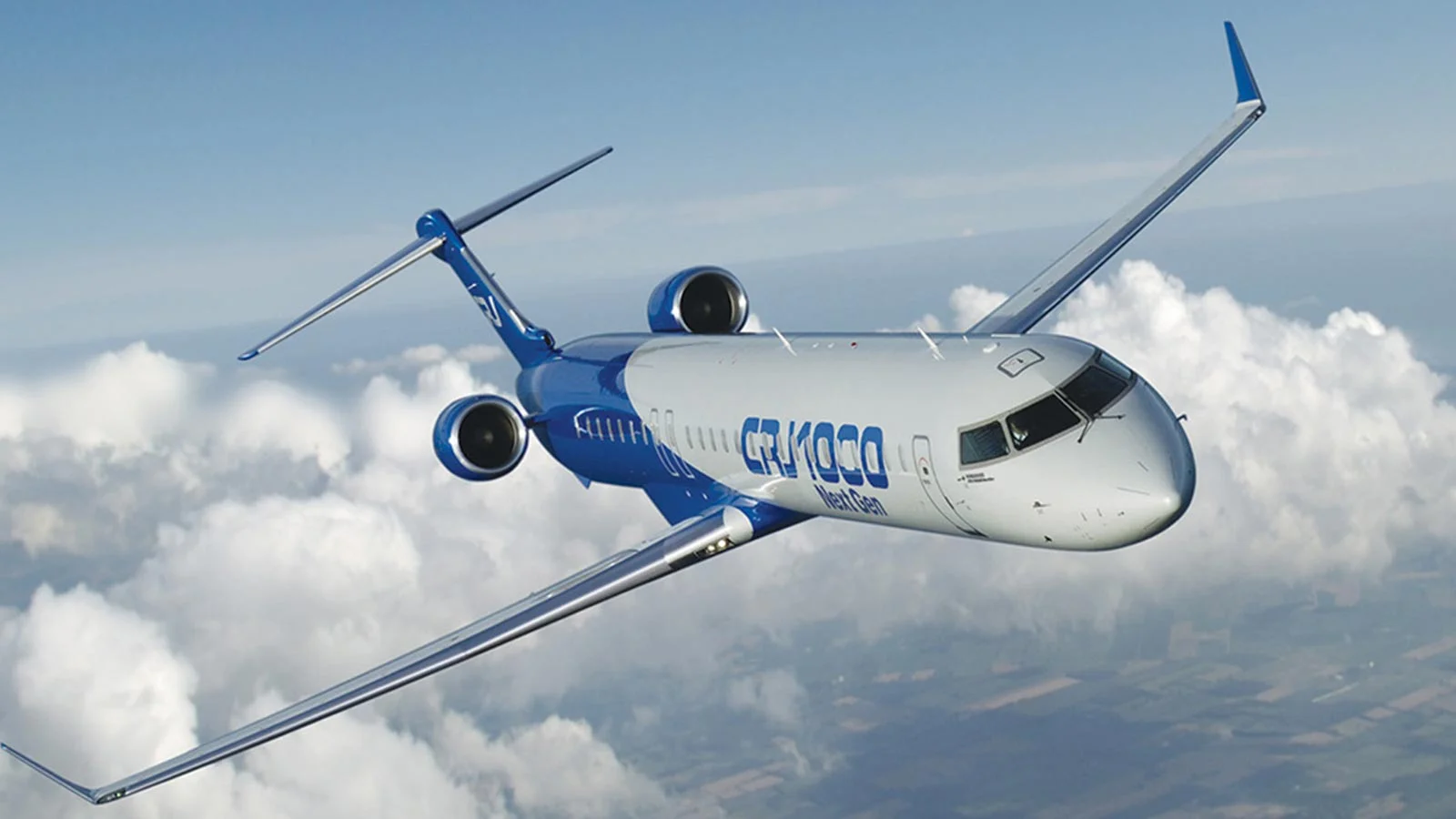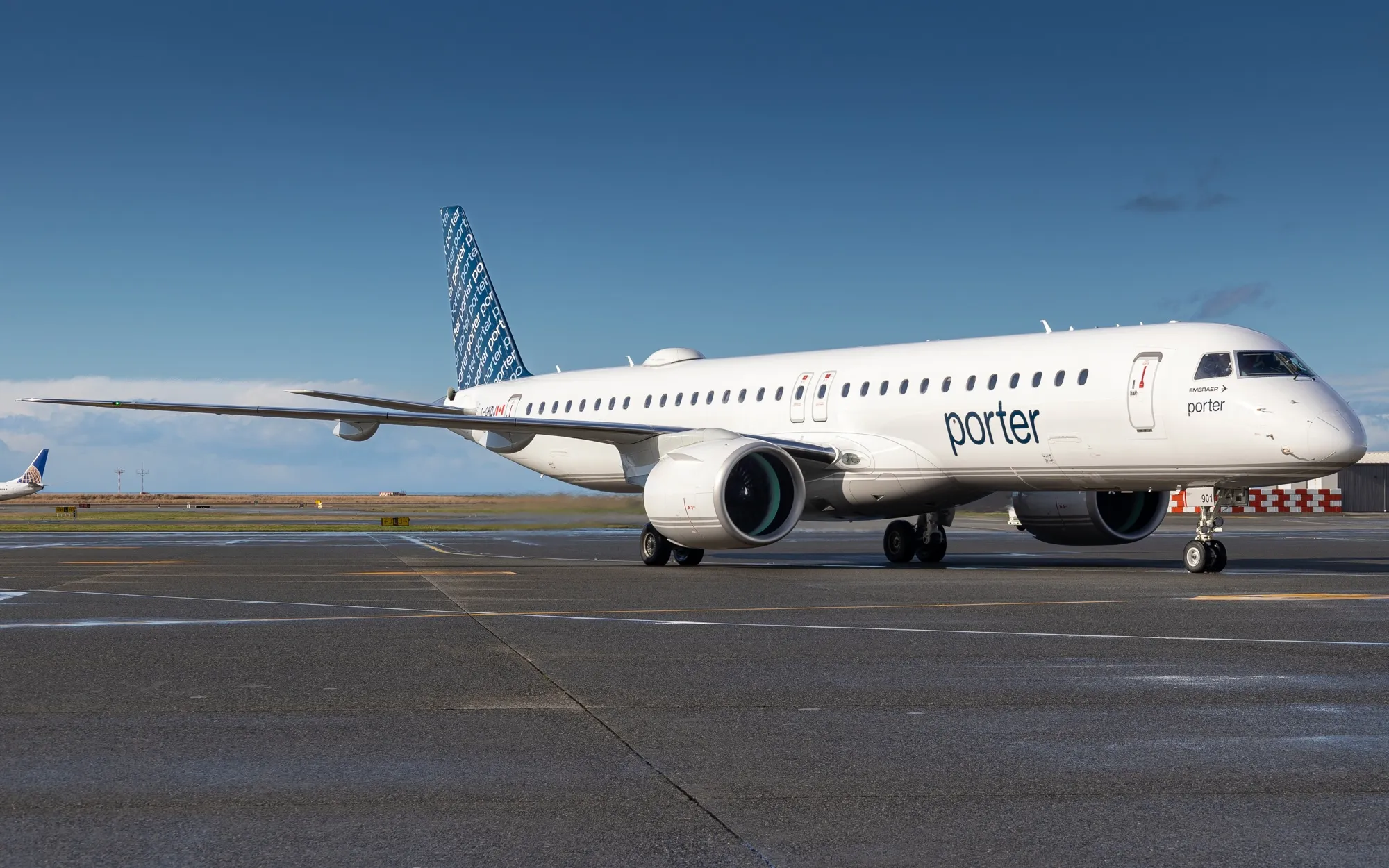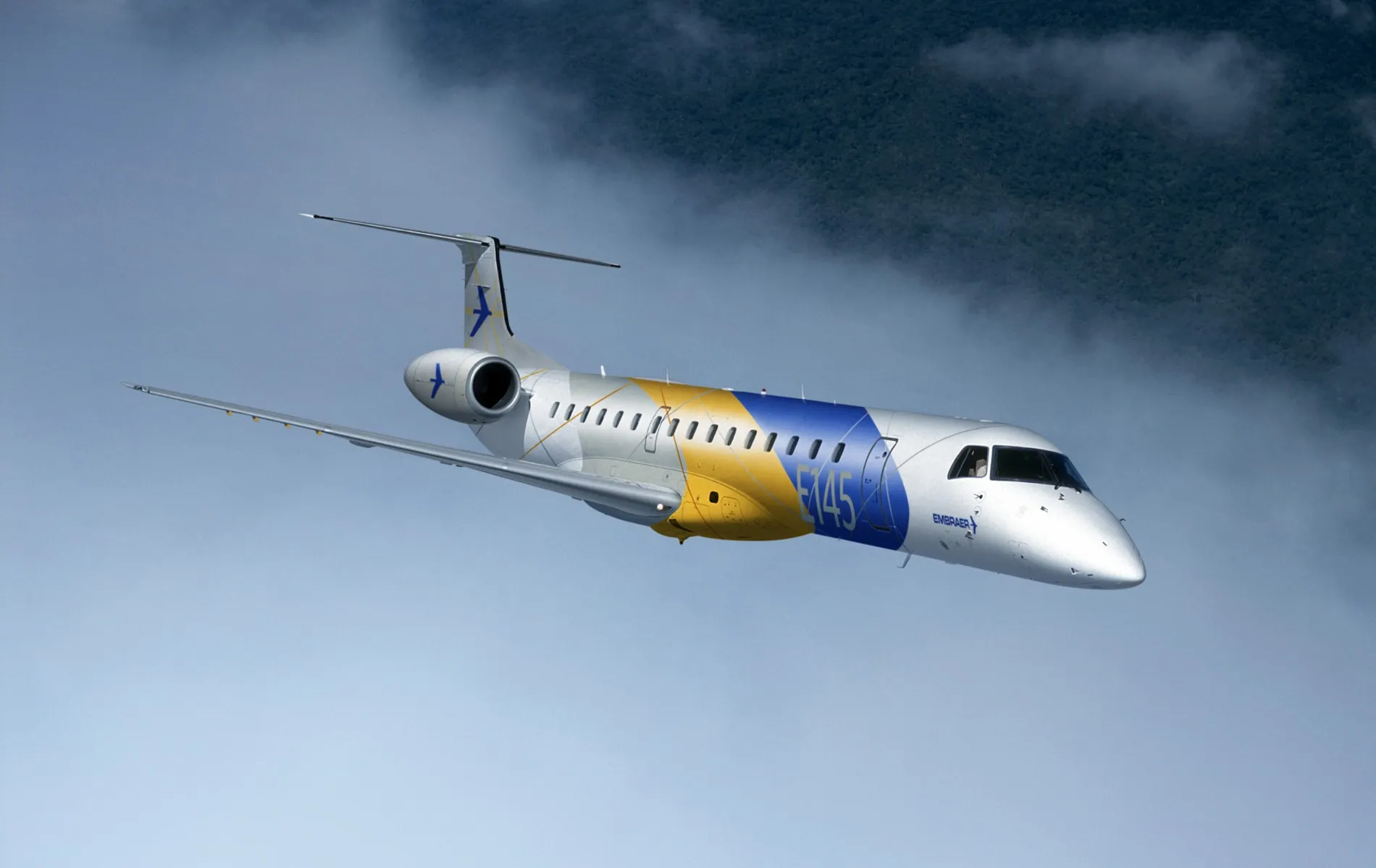DALLAS — Regional aviation has played a crucial role in fostering global connectivity. As wide-body and narrow-body aircraft grab headlines for long-haul and trunk routes, the true backbone of domestic and secondary markets is the regional jet. Over the last three decades, the growth and development of aircraft families, such as the ERJ, CRJ, and E-Jets, have reshaped flying in the short- and medium-haul segments.
These smaller jets were adopted by airlines for their efficiency, flexibility, and capability to unlock new point-to-point business, especially in sparsely served markets that larger aircraft could not reach. From the United States to Europe and Asia, regional jets have opened up networks, refined fleet strategies, and enabled flying in ways that turboprops alone could not.
Today, with aviators adopting a cost-conscious and environmentally responsible approach, regional jets are once again at the forefront of the debate, filling the gaps between efficiency, demand, and sustainability.
The ERJ Series: Embraer's Breakthrough
Debuted at the 1989 Paris Air Show, the ERJ program marked Embraer's entry into the regional jet market, following its success with turboprops and defense aircraft. The ERJ 145, which debuted in 1997, had a capacity for 50 passengers and was soon a staple of U.S. regional fleets. Shorter versions, the ERJ 135 (37 seats) and ERJ 140 (44 seats), were designed to fill scope clause limits in the U.S., where pilot union contracts limited flying to 50 seats.
Although compared to subsequent designs, the ER achieved a balance between frequency and operating economics. 1,227 ERJs were produced, with over 650 remaining active as of 2024, based on industry records. United Express (CommutAir) and American Eagle's Envoy Air, among others, remain dependent on them, albeit with many now out of service in favor of larger E-Jets.
ERJ Family Specifications
.webp)
The CRJ Series: Bombardier's Early Lead
Bombardier's CRJ program, which was introduced in 1992 with Lufthansa, was the first regional jet family. Beginning with the 50-seat CRJ100 and CRJ200, Bombardier capitalized on demand in North America, led by U.S. carriers' replacement of turboprops.
The following were the CRJ700, CRJ900, and CRJ1000, each of which was stretched to seat between 70 and 104 passengers. These planes became a staple in fleets at Delta Connection, Air Canada Jazz, and European carriers like Air Nostrum. As of December 2020, when production ceased, more than 2,000 had been produced, with nearly 900 in service.
CRJ Family Specifications

The E-Jet Program: Redefining the Market
Following the ERJ’s success, Embraer introduced the E-Jets in 2004, starting with the E170 at LOT Polish Airlines. Unlike the narrower ERJs and CRJs, E-Jets offered wider cabins with 2-2 seating, comparable comfort to mainline narrowbodies, and capacities ranging from 72 to 124 seats.
The lineup consisted of the E170, E175, E190, and E195, which stretched the fuselage but were maintained for commonality—operators like JetBlue and Azul utilized E-Jets for network development, leveraging their capabilities on short- and medium-haul routes. With more than 1,800 deliveries and almost 400 on order as of 2024, the E-Jets became Embraer's most successful program.
E-Jet Family Specifications
The E2 Generation: A Modernized Approach
The E2 series, launched in 2013, upgraded the E-Jets with a new wing design, geared turbofan engines, and improved avionics. Models range from the E175-E2, E190-E2, to the E195-E2. The planes were fuel-efficient by as much as 20% compared to the first-generation E-Jets, placing them firmly in competition with larger models such as the Airbus A220.
The E195-E2, for example, has a capacity of up to 146 seats and a range of 4,815 km. Although sales volumes are still below the A220, Embraer's strength is in fleet commonality for airlines with existing E-Jets.

Competition, Overlap
Whereas ERJs and CRJs dominated the 1990s and early 2000s, the E-Jets and Airbus A220 characterize today's market. The A220, formerly Bombardier's CSeries, competes at the upper end of the size class, accommodating up to 160 passengers and offering a range of over 5,900 km.
Comparative Snapshot
Market Evolution, Legacy
Regional jets developed as a matter of need: to link smaller cities with major hubs and to enable airlines to add frequencies on thinner routes. The CRJ and ERJ families demonstrated that small jets could be operated profitably and dependably at scale. Over time, the trend towards larger regional jets accommodated both market needs and union scope provisions in the U.S., thereby limiting 50-seat flying. In the 2010s, 70–100-seat jets such as the E175 and CRJ900 dominated the regional fleet, with first-generation 50-seaters being phased out.
Looking Ahead: Sustainability and the Regional Jet
Regional jets are currently facing pressure to conform to sustainability goals. Embraer and Airbus both focus on minimizing emissions through the use of new engines and lightweight composite materials. Hybrid-electric propulsion could be incorporated in future concepts for short-haul flights. Regional jets will play a crucial role in achieving net-zero emissions by 2050, especially in markets where rail or alternative transport options are not feasible.
Conclusion
The development of the regional jets, from Embraer's ERJ and E-Jets to Bombardier's CRJ series, has revolutionized aviation at its core. From the trailblazing CRJ100 in Europe to the long-lived ERJ145 in America and global acceptance of the E-Jets, these aircraft have filled the gap between turboprops and narrowbodies. Bombardier has since left the regional jet market, but Embraer's ongoing innovation through the E2 program is a testament to the industry's staying power.
Looking to the future, competition with the A220 and the drive for green propulsion will characterize the next era in regional aviation. However, the record of ERJs, CRJs, and E-Jets enabled airlines to build networks, evolve their business models, and serve communities worldwide.



.webp)
